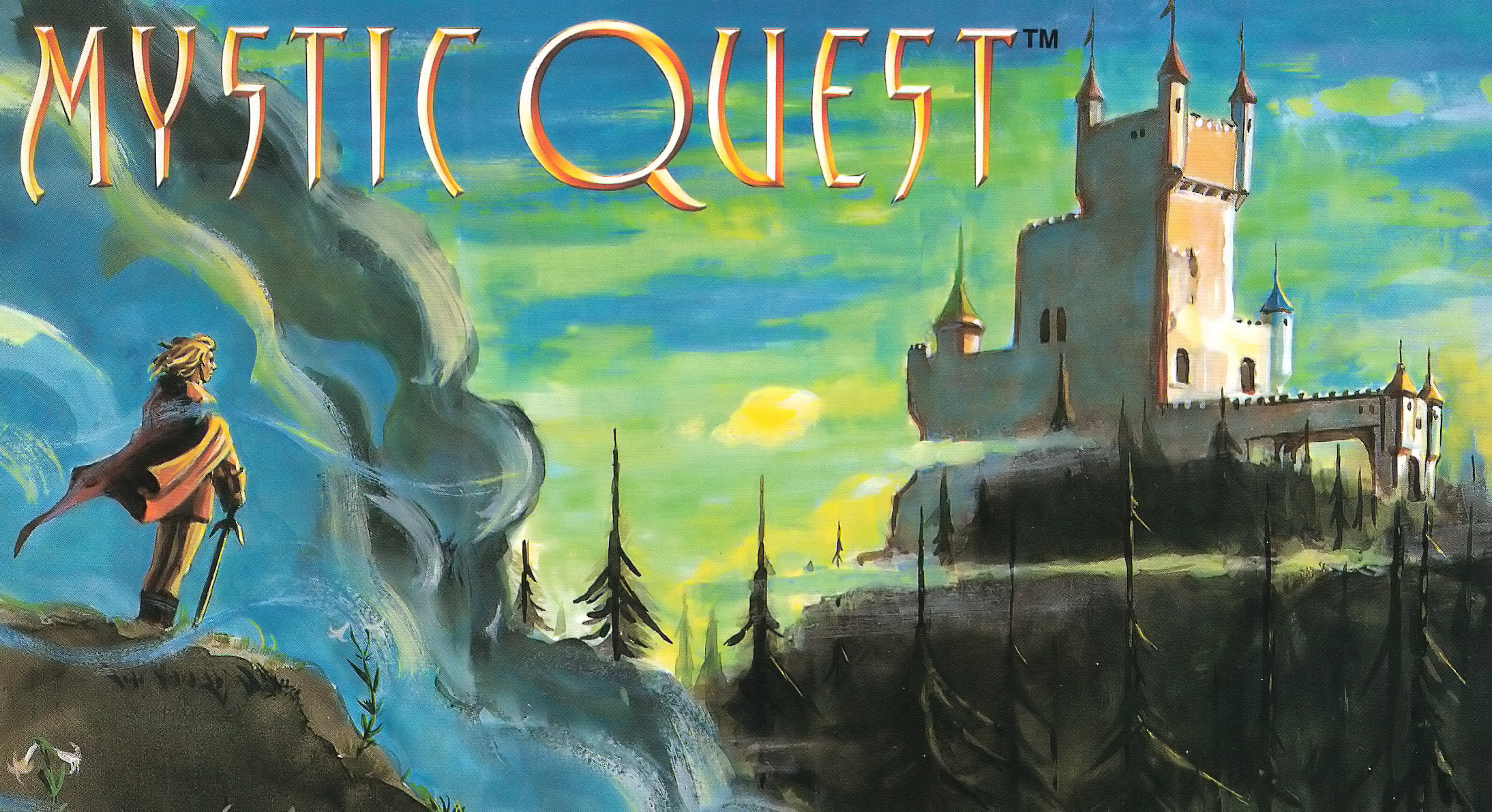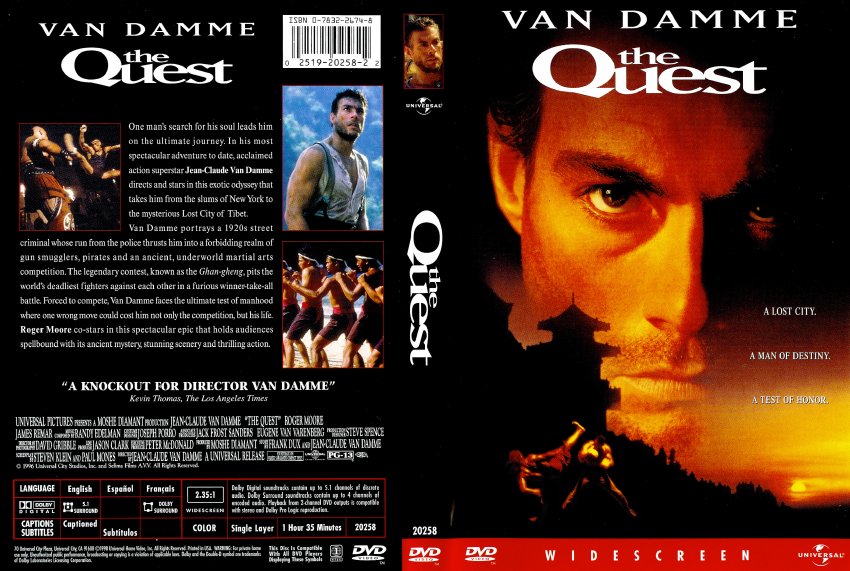
Although the resulting visualizations are technically graphs, we call them ‘maps’ since this is their function in relation to place and space as represented in the literary work.īy employing network graph models, in which relative positions are generated out of the XML code, the literary text produces its own base ‘map’ layer, providing a way of describing objects within it and the relationships between them topologically. This allows all works of literature to be mapped, not just those for which real-world reference points can be identified.

In contrast to the kinds of referential mapping enabled by ArcGIS and other similar tools, we seek to develop a topological model that prioritizes relative mapping of elements within a text over absolute mapping of place-names to real-world locations (which may not be present at all).
#Bakhtin chronotope of the quest how to#
This paper explains the use of topological graphs in relation to a core conceptual problem for spatializing and visualizing literary texts: how to deal with the fact that the spaces to which literature refers often have tenuous relationships with real-world geographies. This will be illustrated in relation to two Victorian texts: the realist space of Dickens’s Oliver Twist and the abstract poetic space of Browning’s ‘Childe Roland to the Dark Tower Came’. The paper will articulate core methods from the project, outlining the stages involved in the process, from marking up the text, using a custom-made schema, through graph generation and into the implications for analysis. ‘road to Geneva’) connections between them of different kinds and toporefs within them (references to other places from this one). The visualizations are centred upon nodes that consist of chronotopes (e.g.
#Bakhtin chronotope of the quest series#
Using a spatial schema to chunk out the text in terms of chronotopic (time-space) zones enables the generation of a series of visualizations that show different kinds of spatio-temporal constructions in texts. A solution was found in the form of topological graphs which allow for relative rather than absolute mapping (but also permit a relative imaginary map to be lain on top of a pre-existing cartesian form). The primary aim of that project was to find a way of mapping and visualizing represented literary worlds for which there is no corresponding real ‘ground’. What all the essays share with one another (and those collected in Bakhtin and the Classics) is the attempt to engage Bakhtin as a reader and thinker.This short methods paper emerges out of the AHRC-funded ‘Chronotopic Cartographies’ project for the digital mapping of place and space as represented in works of literature.

While most of the contributors chose to explore Bakhtin's theory of genre or to take issue with his account of one genre, Greek romance, the remaining contributions defy such convenient categories. As Craig Brandist (of the Bakhtin Centre at Sheffield University) reports: the works of the Circle are still appearing in Russian and English, and are already large in number.There are now several thousand works about the Bakhtin Circle.The freedom given to contributors to address any text or topic under the general rubric of The Bakhtin Circle and Ancient Narrative has produced a remarkable variety of essays ranging widely over different periods, genres, and cultures.

He is no longer an author but a field of study in his own right. We know this because he is now one of those thinkers everyone already knows-without necessarily having to read much of him! Doesn't everyone now know how polyphony functions, what carnival means, why language is dialogic but the novel more so, how chronotopes make possible any concrete artistic cognition and that utterances give rise to genres that last thousands of years, always the same but not the same? Like Marx and Freud in the twentieth century, or Plotinus and Plato in the fourth, a familiarity with Bakhtin's thinking is so commonly assumed, at least in the Humanities, as to be taken for granted. Mikhail Mikhailovich Bakhtin (1895-1975) has become a name to conjure with.


 0 kommentar(er)
0 kommentar(er)
